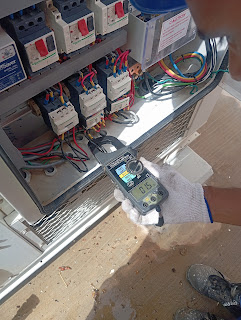In HVAC systems, solenoid valves are critical components used to control the flow of refrigerants, air, or water. There are several types of solenoid valves used, depending on the function and location in the system. Here are the main types:
1. Liquid Line Solenoid Valve
-
Purpose: Prevents refrigerant migration when the compressor is off.
-
Common in: Systems with multiple evaporators or long piping.
2. Hot Gas Bypass Solenoid Valve
-
Purpose: Maintains suction pressure during low load conditions by bypassing hot gas from discharge to suction.
-
Used for: Capacity control.
3. Reversing Valve Solenoid (in Heat Pumps)
-
Purpose: Switches the direction of refrigerant flow for cooling and heating mode.
-
Also known as: 4-way reversing valve.
4. Suction Line Solenoid Valve
-
Purpose: Controls refrigerant flow from the evaporator to the compressor.
-
Used in: Multi-evaporator or zone systems.
5. Oil Line Solenoid Valve
-
Purpose: Controls oil flow in oil-based systems or compressors.
6. Evaporator Solenoid Valve
-
Purpose: Opens/closes flow to evaporators in multi-evaporator systems.
-
Control: Usually works with thermostats or controllers.
The solenoid valve shown in your image is a Sporlan E6S140-HP, which is typically a liquid line solenoid valve used in refrigeration and air conditioning systems.
If you want to dive deeper into each type with diagrams or application examples, let me know!











































































































